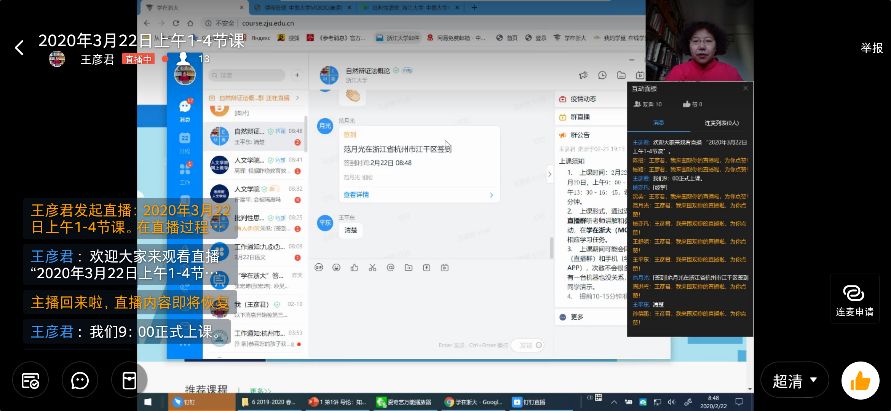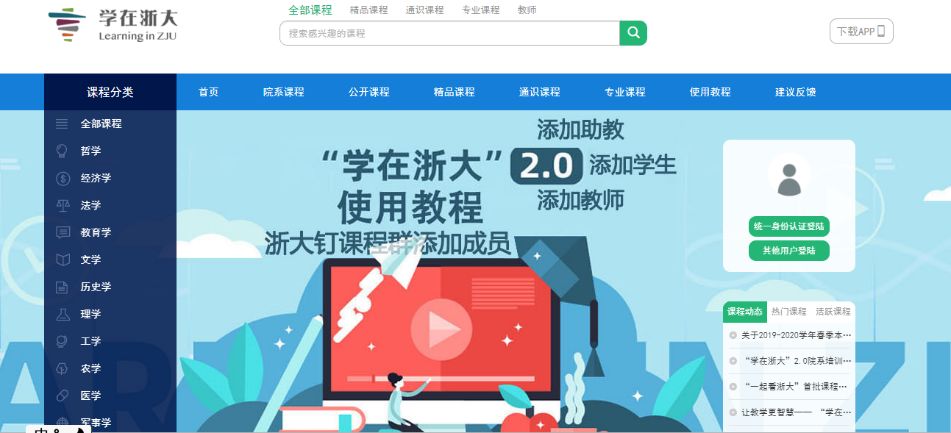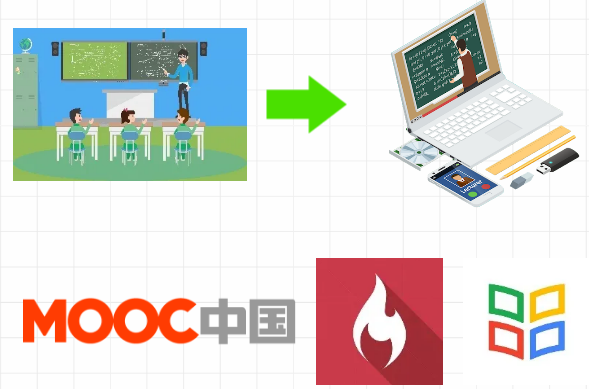Dialogue@ZJU with Joshua Kobb, deputy dean of ZIBS
[Editor’s Message: The outbreak of novel coronavirus has had a widespread impact on Chinese society. In view of the epidemic, "Internet + Education" has become the best choice for teaching. The large scale practice of online training of this spring offers unique chance to explore the future development of online education in China.In this context, Joshua Kobb,deputy dean of Zhejiang University International Business School shared his views on the topic "Living the Moment: Why China Needs to Focus on Education Online”.]

With CoViD-19 disrupting lives across China, we see how the country’s technology engine has stepped in with innovative solutions. The ubiquitous online shopping and WeChat social platform continue to thrive and are now joined by apps like a real-time virus tracker and the Alipay safety code system.
We have also seen a massive pivot towards online education as a solution to ensure continuity of study for millions of students who are effectively in quarantine. Alibaba’s DingTalk platform is widely used for synchronous teaching, individual educational providers such as VIPKID and TAL Education are making their courses available to students and the Ministry of Education launched a national internet cloud classroom on 17 February. We see a sudden convergence of national and institutional policy, combining with the existence of homegrown EdTech, which has accelerated online adoption to numbers approaching 100% in the matter of 1 month.

Zhejiang University (ZJU), one of the country’s leading public institutions with enrollment of over 54,000 students, is opening its Spring semester according to plan—with all classes being offered digitally. ZJU launched its own online platform in August 2016 and now houses 5,826 courses for its students. In a period of one month, the number of registered students on the platform moved from 68,381 to 85,192, with 25,925 video views. ZJU is planning to massively expand its use of online courses over the next several months.

Distance learning has long roots in higher education, dating back to the correspondence courses of the 19th century. As communication technology advanced through the 20th century, connectivity became a source of competitive advantage and differentiation. ITESM, headquartered in Monterrey Mexico, became the first university in Latin America connected to the internet in 1989, leveraging technology to create a Virtual University delivering courses simultaneously across more than 30 campuses. With the continued evolution of technology and technology-enabled learning, the internet and open-source learning created the context for scale. MOOCs became popularized in 2012 with the emergence of structured providers including Coursera, EdX and Udacity. In the United States today, 30% of all graduate students study online and it is estimated that 33% of all higher education students will take at least one online course.
The global e-learning market is expected to double by 2025, reaching USD $331 billion. Growth in the market is coming from adoption of EdTech within individual institutions, credit recognition for MOOCs and increasing collaboration between degree-granting institutions and MOOC/online providers. Despite increasing criticism, Online Program Managers (OPMs) remain an attractive solution for institutions to transition online. Wiley, Moodle and 2U have impressive academic client lists—the latest is the announcement of the 2U and LSE launch of 6 new undergraduate online degree programs. And e-learning is seen as a driver of SDG 4, driving inclusiveness and lifelong learning.

China is no stranger to online learning, with an estimated 200 million people enrolled in MOOCS, in 12,500 courses. The China e-learning market was, before CoViD-19, expected to grow by 25% this year.
What is fueling the growth of e-learning in China? It does not appear to be an issue related to access. China is the largest higher education market in the world, having enrolled 45 million students in 2018 and considered to have achieved universal participation. The number of graduates in China is projected to continue growing up to 300% by 2030. China’s top 3 universities all appear prominently in international rankings, a trend which is expected to accelerate as institutions continue to internationalize.

The answer to China’s e-learning market growth may lay in the learning experience itself. Traditional pedagogy in China is based on passive learning and is typically delivered in large lecture halls with little interaction and lots of memorization. But like in many other societies, student generations in China are very comfortable with technology and with on-demand services, creating expectations for individual attention and autonomy that are not met in traditional high-volume education structures. E-learning represents an opportunity for students to have more personal learning experiences and to choose the subjects they wish to study. Platforms like XuetangX, CNMOOC and IMOOC make a variety of courses available to the public in China. At the same time EdTech has brought improved learning outcomes through the integration of AI and adaptive learning. Arguably, this technological shift is leading not only to greater choice of learning but to improved results.

In addition to learner demand the skills gap is alive and well in China, partially due to the slow rate of change in Chinese universities. While access, as we have seen previously, is not an issue, the relevance of learning for job skills is increasingly questioned. With this in mind, learners are looking to e-learning as a means to fill the gap. Technical skills, such as computer coding, data analytics and digital marketing, are increasingly in demand by employers, but have not become prevalent in non-science domains. Again, learners are turning to e-learning and non-academic bootcamps to fill this space with providers like Le Wagon, 5Win and Uplooking. MOOCs present an attractive menu of topics and skills for the individual to develop skills and insights that are in demand by employers and are seen as necessary tools to succeed.
While the e-learning market has grown in China, it has not reached its potential. Higher education is highly regulated in China, both in terms of institutional autonomy and degree requirements. As of today, there have not been any online degree programs in China and accepting online credit towards degrees is a gray zone. Because e-learning remains disconnected from higher education and degree pathways the perception of its value and impact is adversely affected, which has perhaps had an impact on adoption.
So, the question today is, what will happen when things go back to normal and students are once again fully back on campus? Will this be a way forward for e-learning, an opportunity to demonstrate its impact and potential, or will we fall back to the comfort of traditional models and historic educational policy?

China has a great opportunity to expand its e-learning footprint. There is market, scale and technological advantage. The CoViD-19 experience demonstrates, unfortunately in this case, how technology can provide solutions to crisis. It is the moment to allow innovation in education to flourish—learners across the country will benefit, as will academic institutions and the communities we serve. Over this decade we have seen China assume leadership in FinTech--let’s see if the next decade will be Chinese leadership in EdTech.